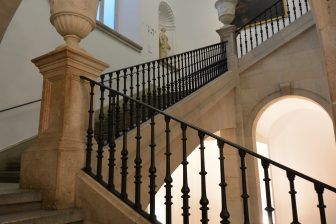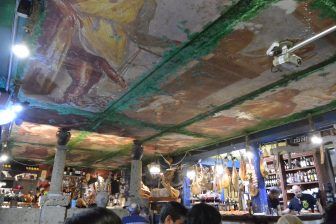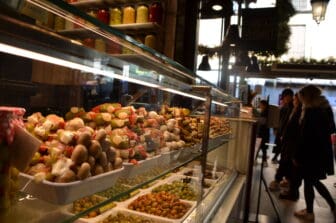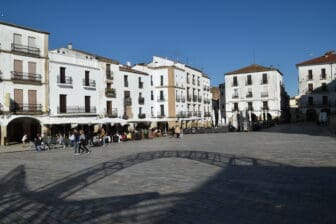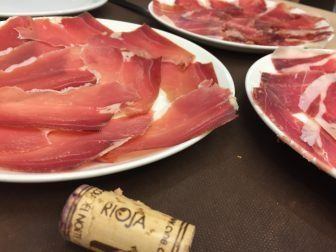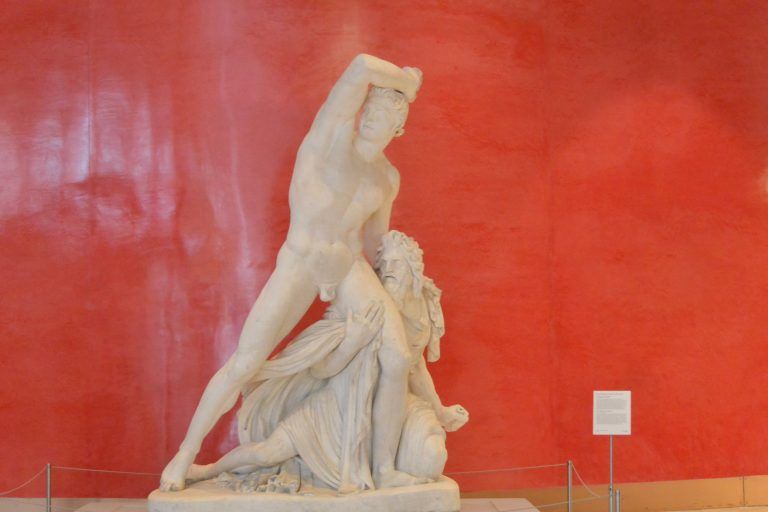
[ Jan.2018 ] In Madrid in Spain, we visited the famous Prado Museum.
I counted and found that the last time I visited there was 35 years ago.
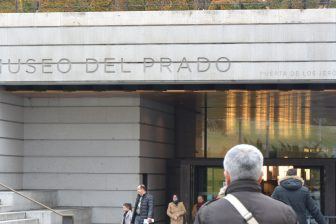
There was an annex which was not there before and the entrance was there.
The ticket price was €15, or €24 with the guidebook.
So we bought one each.
The guidebook is as thick as 3 cm and there were several versions in different languages.
I think it is a bargain to have this book for only €9.
According to this guidebook, the Prado Museum was opened on the 19th November 1819.
The royal family opened this museum and the main exhibits were their collections dating back to the 15th century.
They seemed to be conscious of The Louvre which was opened 26 years before them and in the guidebook there are a few comparisons such as “Louvre’s collections were made up of the art works which were forcibly collected from the royal families, aristocrats and churches during the revolution”
When we bought the tickets, they gave us a leaflet of the map of the museum.
The good thing about this leaflet is that they have a list of famous paintings with the pictures and the room numbers.
Because the museum is huge, you cannot see everything in a day, so you have to choose first and this leaflet was very useful.
There were 50 works listed in the leaflet.
We chose mainly Spanish works within this list.
The thick guidebook says “To learn Velazquez and Goya means to learn Spanish art”.
I would like to include El Greco, too, but maybe because he was Greek, he was not included?
So we saw the super famous “Las Meninas” by Velazquez and “La Maja Desnuda” by Goya and were impressed, but for me the most interesting ones were the collection of “The Black Paintings” by Goya.
These works were painted on the wall of Goya’s house called ‘Deaf Man’s Villa’ on a hill in the suburbs of Madrid between 1819 when he bought this house and 1823 when he moved out to live in Bordeaux in France.
During this period, he had a brain disease caused by the lead in the paints used at the time. It is said that Caravaggio had, too.
According to the guidebook, at first, he painted brighter landscapes on the wall, but later on top of those he painted 14 dark paintings “which connote evil, fear, ignorance and death”.
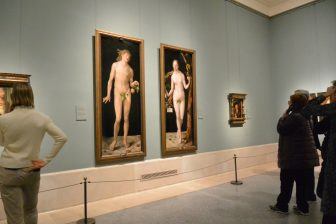
Particularly I liked the one called ‘The Dog’ painted around 1820, which was stylish and had a cool modern feeling.
I am sorry that I cannot show it here and that is because we were not allowed to take any photos in this museum, although recently many museum allow us to.
When I entered here, at first, I did not know that, so I took a few shots anyway, though.
Walking around this huge museum made us tired and hungry, so after enjoying the arts, we went to the centre of the city, Puerto del Sol and went in to a tapas restaurant called Las Brasas de Vulcano.
They called the dishes Tapas, but the size of the dishes were big and when we were ordering the fifth dish, the waiter stopped us, saying it’s too much.
All the dishes were nice and simple home cooking.
Unexpectedly the fried potatoes were delicious.

